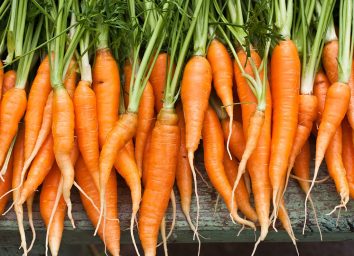20 Holiday Foods That Contain Common Allergens
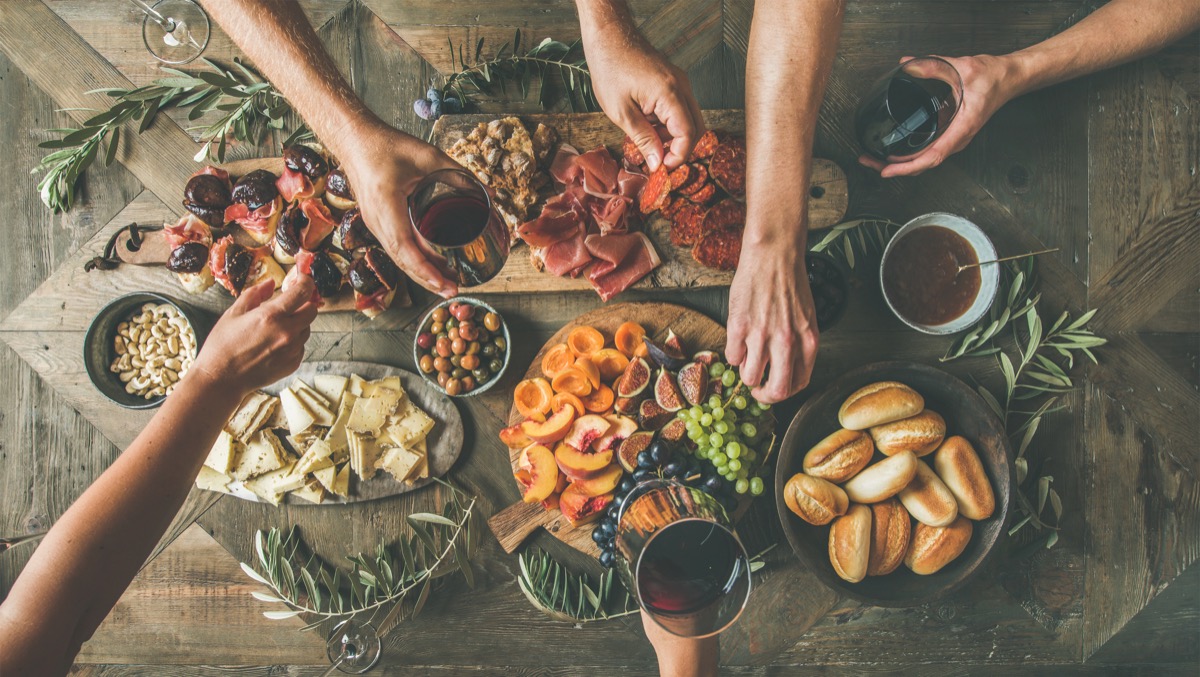
If you have food allergies, you know allergens hide out where you’d least expect them (peanut butter can be in chili; wheat in soy sauce). But for the 15 million people in the U.S. with food allergies, the holidays pose a particular challenge, says Tania Elliott, MD, a spokesperson for the American College of Allergy, Asthma, and Immunology. From homemade jams and cookie swaps to office parties and holiday dinners, there are more opportunities to accidentally eat the wrong thing and have an allergic reaction, which can progress to anaphylaxis, a life-threatening situation.
“Holidays can be tricky with food allergies,” Dr. Elliott says. “You are often not in charge of the food, because you’re eating out or at someone else’s home.”
On top of that, you’re exposed to dishes you don’t usually have. Bread pudding? Bûche de Noël? You may wonder: What is in those things? Even if a food doesn’t contain ingredients you are allergic to, there is always a risk of cross-contamination. While many restaurants have procedures for separating cooking utensils and cooking spaces to prevent cross-contact, “home cooks tend to not think about whether a cutting board or cookie cutter contained a food allergen prior to re-using it,” Dr. Elliott warns.
To stay safe, consider hosting, so you control the food. Or, bring your own food to gatherings. And don’t forget to check labels, even if it means digging through your host’s trash. By FDA law, if a packaged food contains one of the top eight most common allergens—peanuts, tree nuts, milk, egg, wheat, fish, shellfish, or soy—that ingredient must be listed in plain English on the label (for instance, it will say “milk” not “whey”). Still, companies are under no obligation to tell you if a food could have had cross-contact with a top eight allergen; to find out, you have to contact the companies. Here are some unexpected foods that may contain the most common allergens, so you can eat, drink, and stay safe. And remember, adds Dr. Elliott, “Always bring your EpiPen with you.”
Hot chocolate
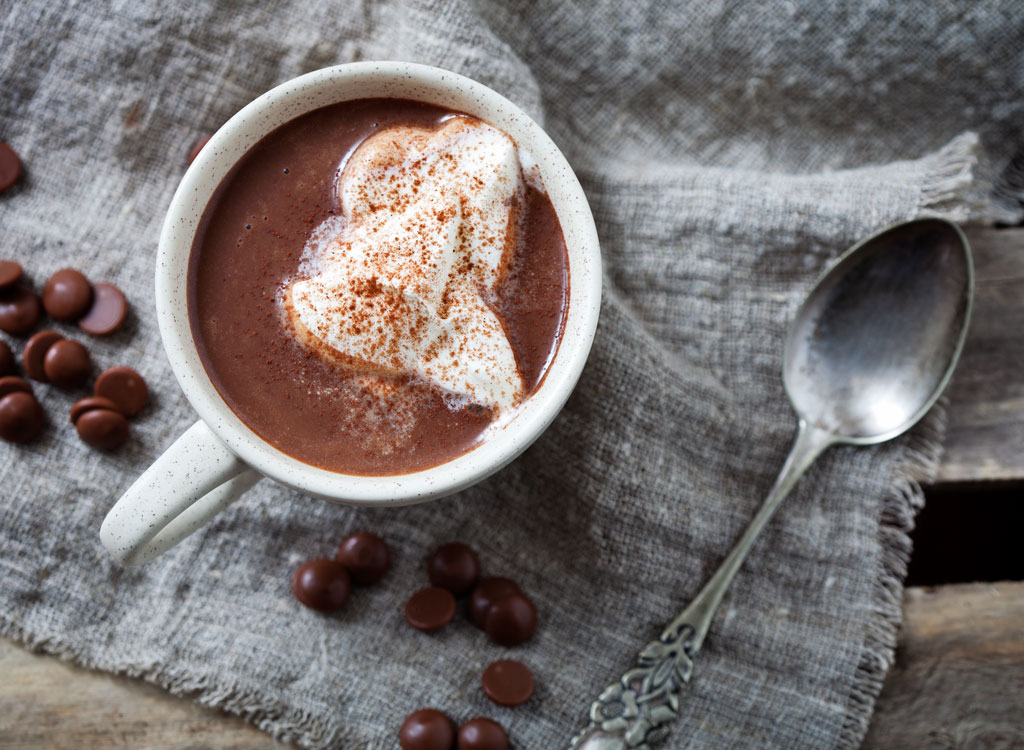
Watch out for: tree nuts, peanuts, milk, soy, egg, wheat
Before you warm up with a cozy cup of cocoa, check to make sure you know what’s in it. Chocolate in general is dicey for people with peanut and tree nut allergies, because they tend to be in chocolate or made on the same factory lines with it. Also consider the topping: If your winter drink is underneath a bed of marshmallows, you know there’s egg white in it. (Eggs are also used in some homemade hot cocoa recipes, FYI.) Better bet: Have hot cocoa at home where you can carefully read the package.
Iced sugar cookies
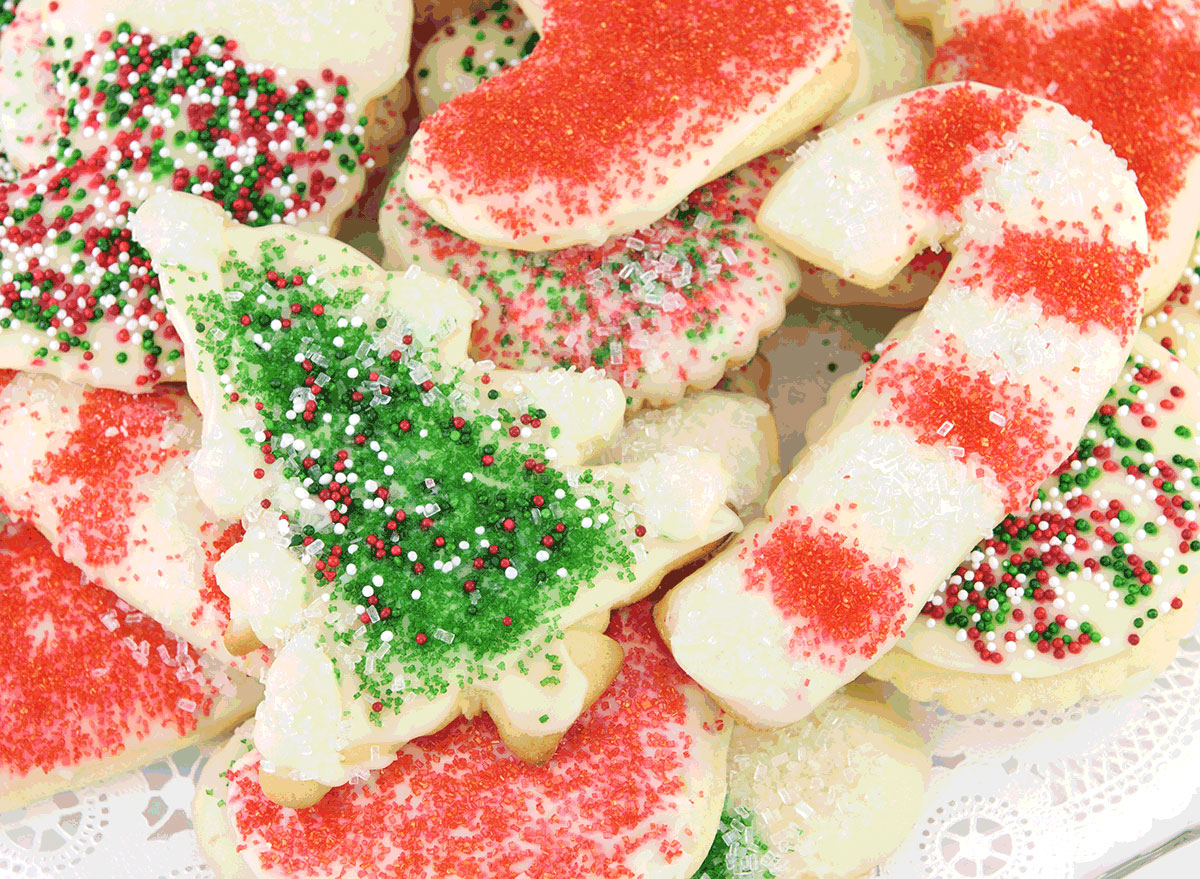
Watch out for: wheat, milk, egg, nuts
Did you know royal icing—the hard glaze on top of many Christmas cookies—is made from egg whites, and it sometimes contains milk, too? Cookies also generally pack wheat, and they can contain finely ground nuts hidden in the dough, which is why experts like Dr. Elliott advise caution around baked goods outside of your own home. “Steer clear of foods you would otherwise assume are safe if they are homemade, unless you know all of the ingredients and how the person prepared it,” she says.
Holidays breads
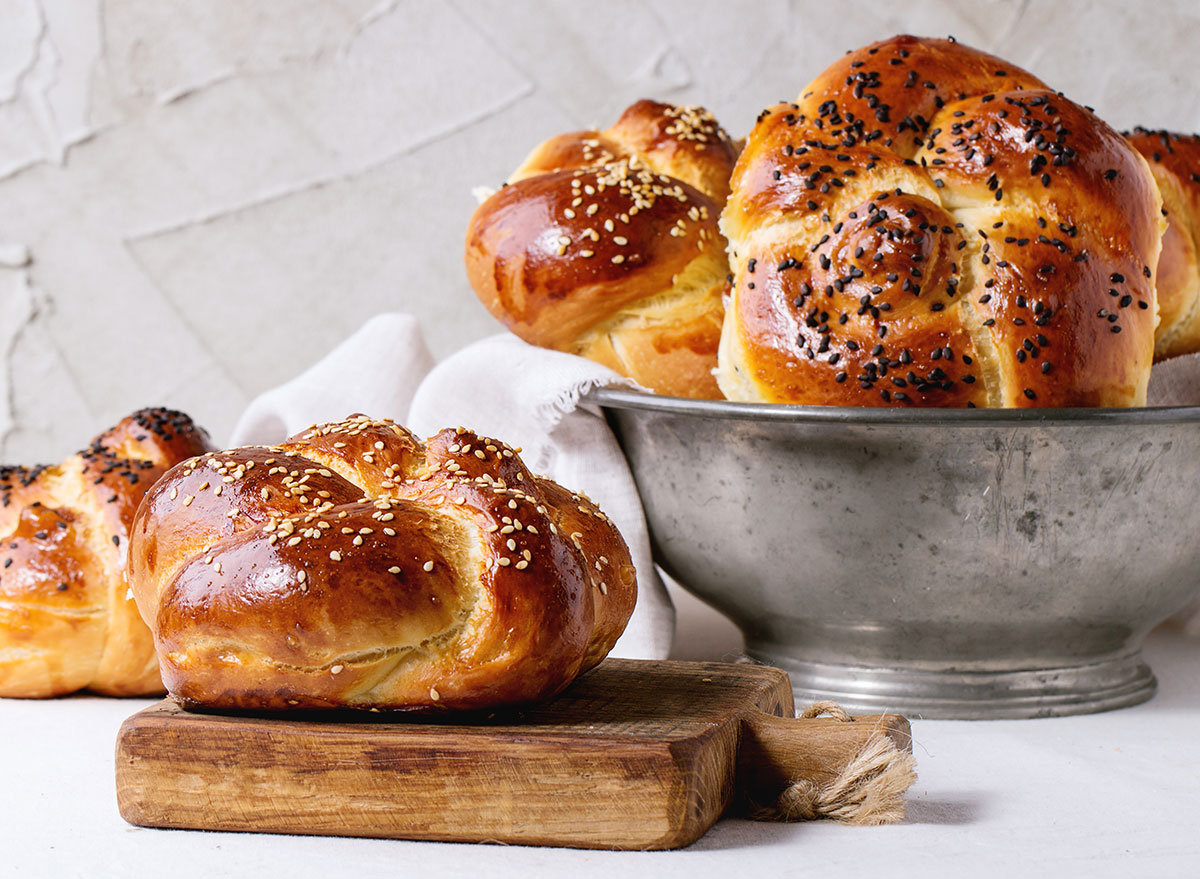
Watch out for: Tree nuts, peanuts, wheat, egg, milk, soy
Breads are another danger zone for people with food allergies. Of course, there’s wheat, but that’s not all you’ll find in that hunk of carbs. Festive, special occasion breads may be studded with walnuts, pecans, or other nuts. Some loaves are made with milk or buttermilk. And if you see a shiny coating on bread, you know it was brushed with an egg-wash glaze. Meanwhile, commercial loaves tend to contain soy, in the form of soy flour or a stabilizer to extend shelf life.
Worcestershire sauce and other sauces
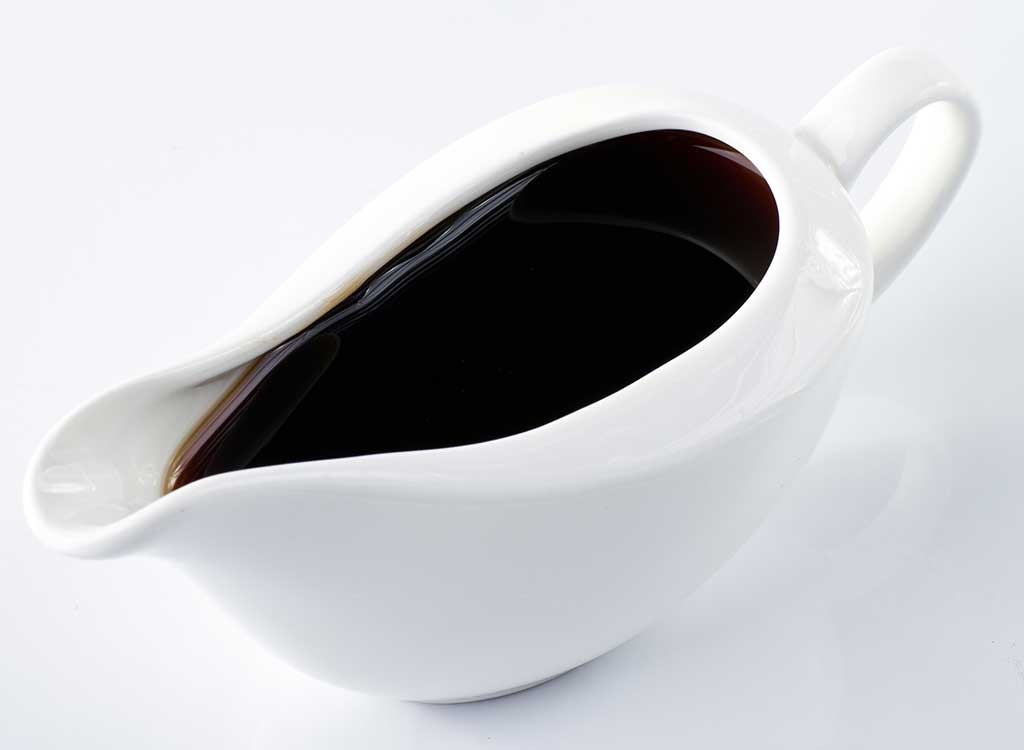
Watch out for: Fish, shellfish, soy, wheat
This classic sauce is made with anchovies, but it can also contain shellfish. “Salad dressings and dips tend to be the place where fish and shellfish are inadvertently hiding out,” Dr. Elliott says. (Incidentally, shellfish allergies are on the rise in adults, according to 2017 research.) Sauces in general require extra vigilance, especially at someone else’s home or a restaurant, because you can’t tell what is in them.
Restaurant steak
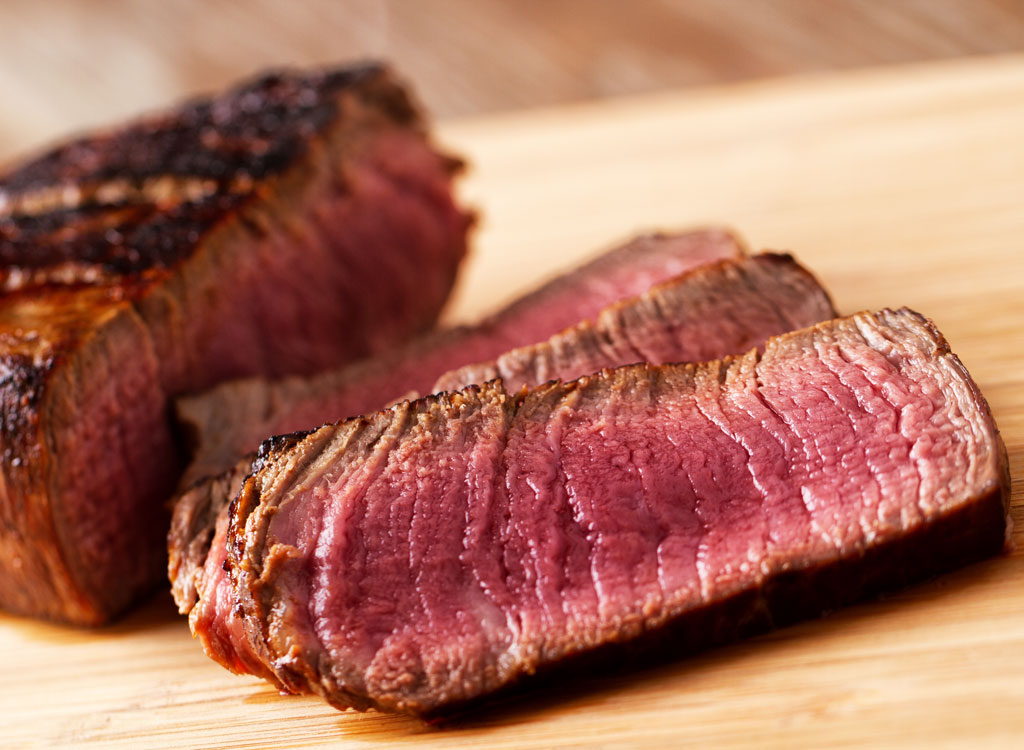
Watch out for: milk, soy
You’d think a steak would be safe for those with a milk allergy, but that juicy porterhouse or New York strip may have butter in it. That’s because back in the kitchen, chefs often melt a hunk of butter on top to make it extra tasty. The other potential pitfall is soy, because some chefs glaze a steak in an Asian-style marinade. Be sure to tell your server about all allergies and ask them to ensure you get your beef without oil, butter, or marinade.
Gingerbread houses

Watch out for: Wheat, peanuts, tree nuts, egg, milk, soy
Whether it’s a kit you make yourself or a ready-made creation you pick up from the bakery, gingerbread houses spell trouble for many kids with food allergies. Both the cookie walls and the candy decorations may harbor wheat, peanuts, tree nuts, egg, and soy. If you’re crafty, the safest bet is to make it yourself and decorate with safe items (like Enjoy Life chocolate chips, which are made in a peanut- and tree nut-free facility.) The good news is there are a growing number of nut-free and gluten-free bakeries, so kids with food allergies don’t have to miss out on the holiday fun.
Cocktails
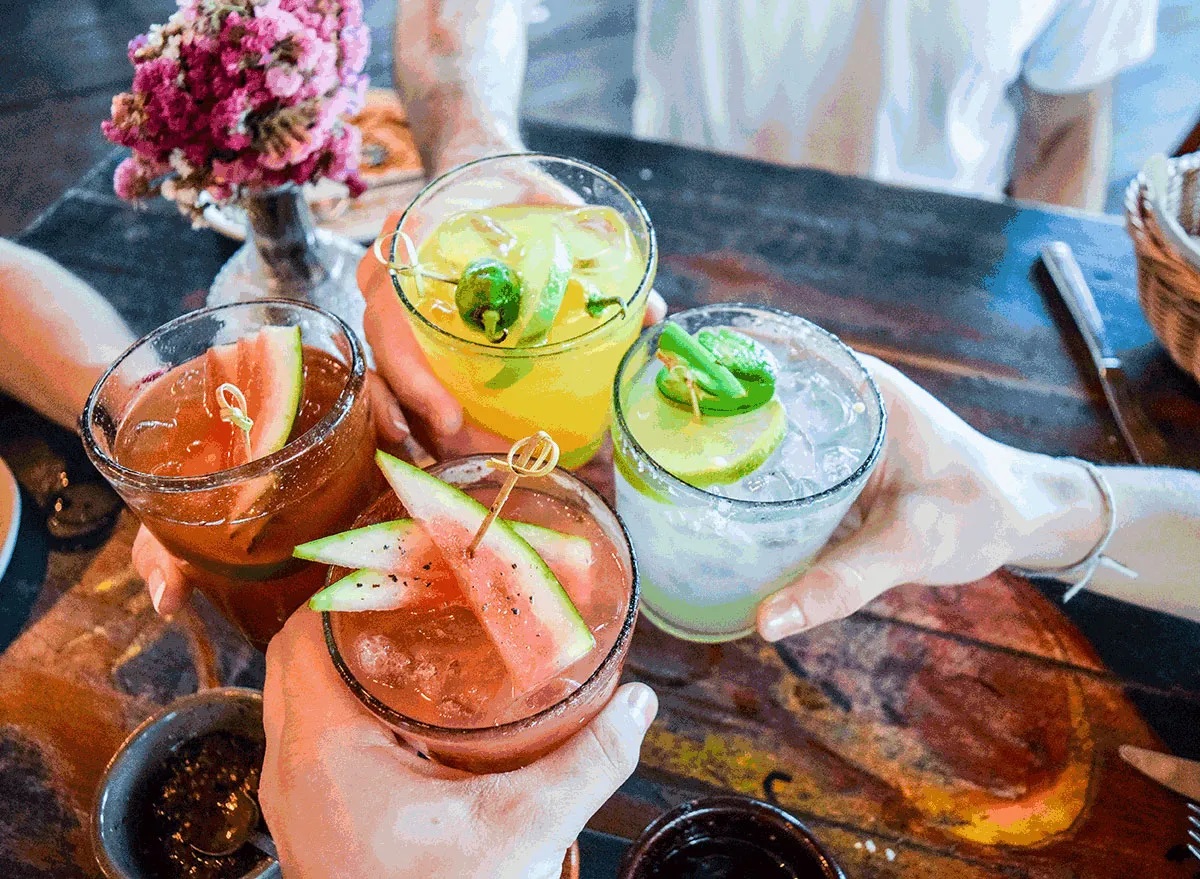
Watch out for: peanuts, tree nuts, egg, milk, shellfish
Don’t let down your guard at the bar. Vodka is made from fermented grains, which means it can contain wheat or soy (as well as corn, a less common allergen). And did you know that trendy vodkas are sometimes infused with peanuts and various tree nuts? Or that many gins are flavored with almonds? Also be alert for frothy cocktails, which often get their bubbles from egg whites, as well as ones mixed with liqueurs such as Frangelico (made from hazelnuts), Amaretto (almond liqueur, though it often gets its flavor from peach pits and not nuts), and Nocello (walnut liqueur).
Seafood and fish
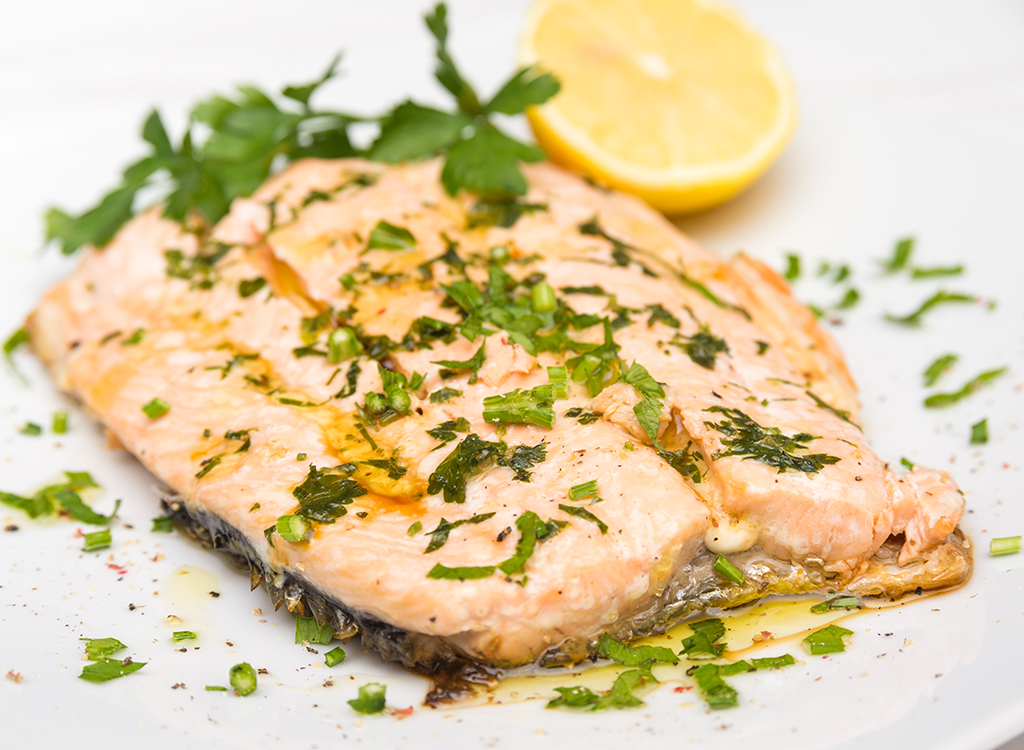
Watch out for: milk
You know to avoid seafood if you’re allergic, of course. But even people with milk allergies have to be careful when ordering the salmon or shrimp scampi out. “Sometimes fish and shellfish are dipped in milk to help with the fishy smell,” warns Elliott. It’s mainly restaurants that are guilty of this, she says, but some fish markets do it, too. How can you be sure? Do your research and make sure you’re buying from a market that doesn’t de-stink their catch of the day.
Rugelach
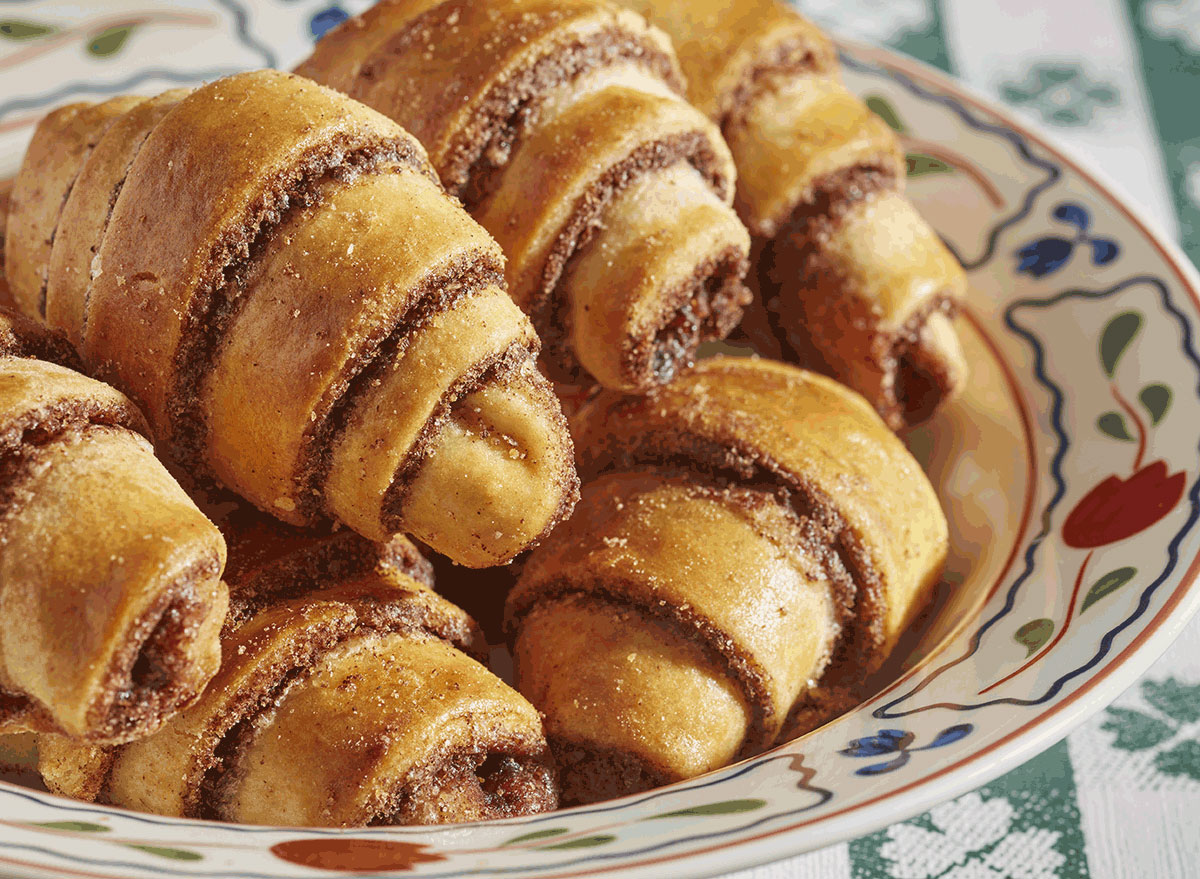
Watch out for: Wheat, milk, eggs, nuts
You might expect these cookies to have wheat, but they often also have milk (in the form of sour cream or cream cheese, as well as butter), eggs, and a layer of walnuts or other tree nuts. Also watch out for marzipan on the Hanukkah or Christmas table—it is almond paste.
Caponata
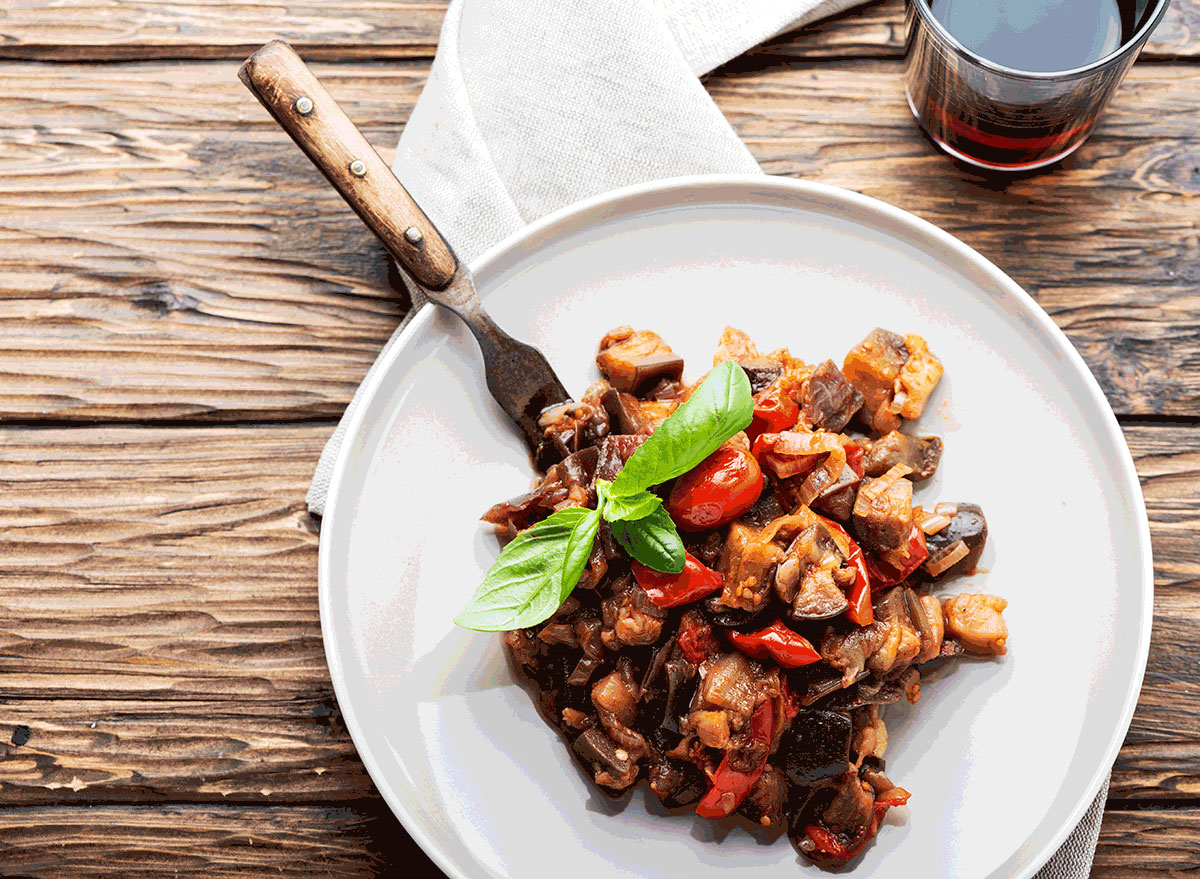
Watch out for: Shellfish, fish
This Sicilian ratatouille-like appetizer made with eggplant, peppers, and tomatoes sometimes serves up a surprising ingredient: anchovies or other forms of seafood. And if you buy a jarred, imported-from-Italy version, keep in mind that imported foods are not subject to the FDA law. That means you can’t necessarily trust the label to keep you safe.
Latkes
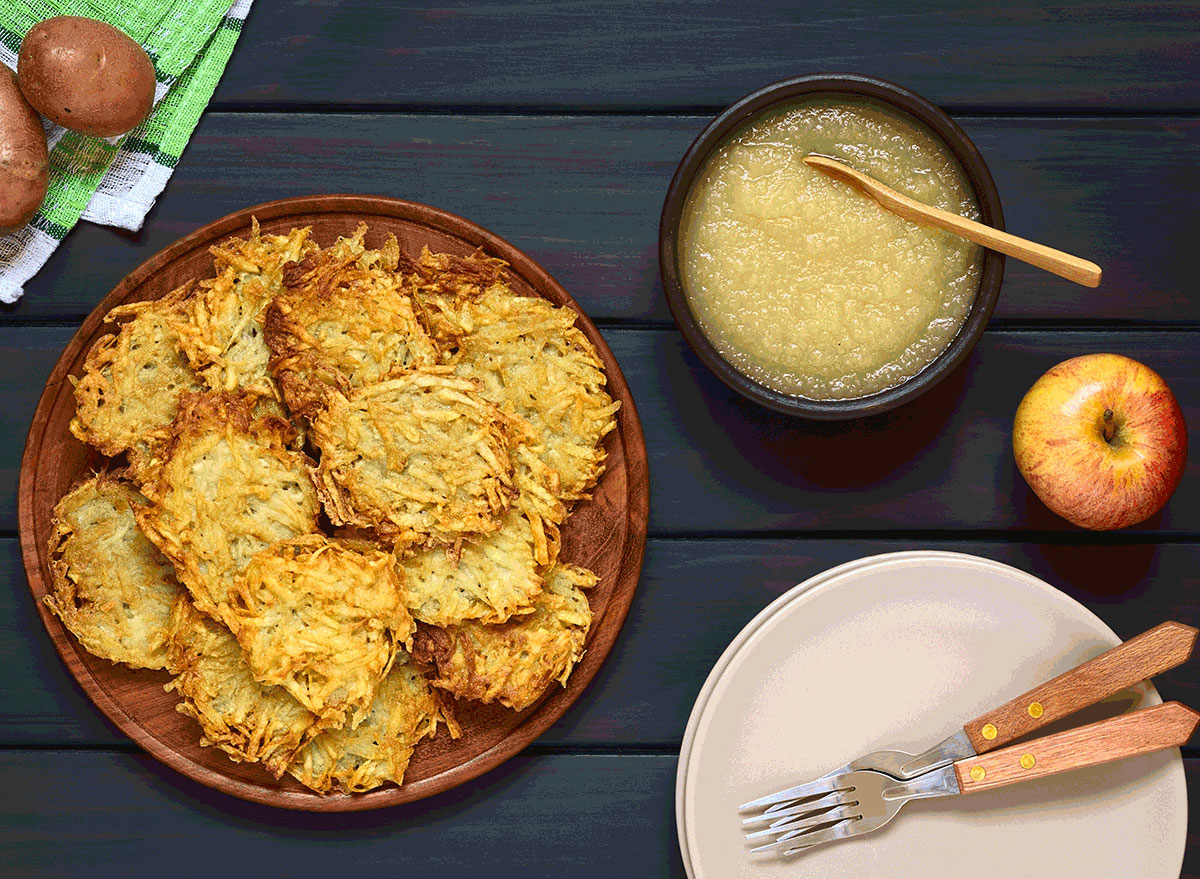
Watch out for: wheat, peanuts, tree nuts, egg, milk, soy
Warning if you have peanut or soy allergies—this Hanukkah favorite is sometimes fried in peanut or oil. Soy can also sneak in when latkes are made with teriyaki sauce. And while potato latkes are not likely to be made with tree nuts, some recipes call for almond flour, so always ask the chef. Latkes generally contain egg, too, though you can find egg-free recipes online.
Asian takeout
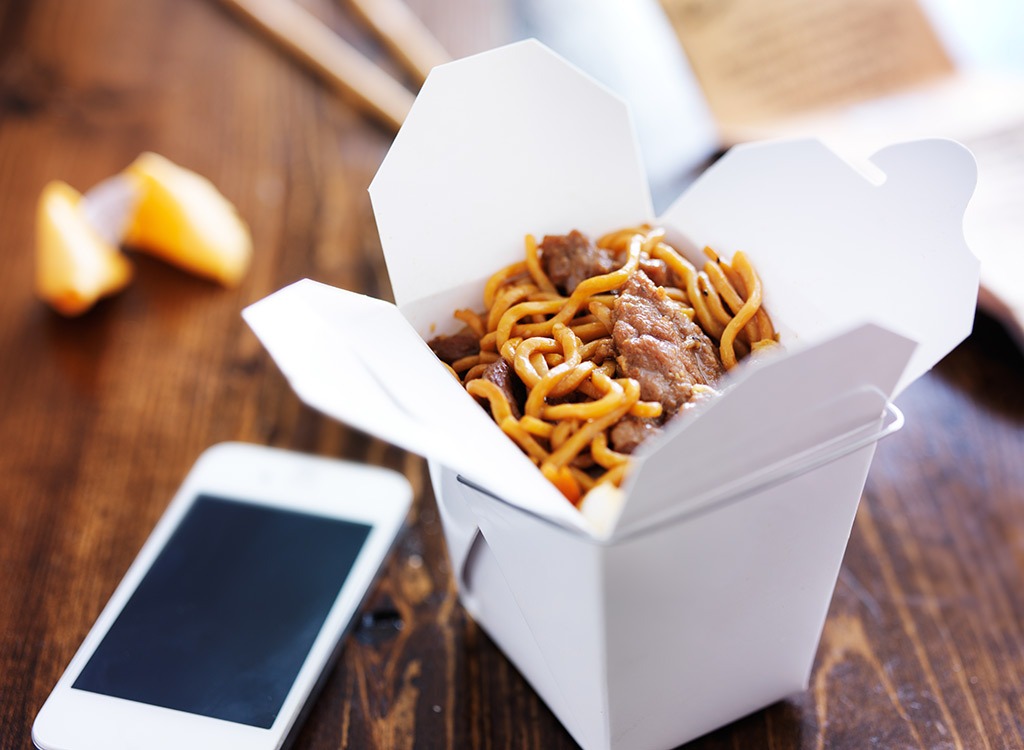
Watch out for: Peanuts, tree, nuts, soy, wheat, egg, milk, shellfish, fish
All partied out and ready to order in? Be super careful with Thai, Chinese, and Indian cuisines, Dr. Elliott warns. You may encounter top eight allergens, as well as sesame, which is the ninth most common allergen (just behind soy). Thai and Indian joints thicken dishes with a paste derived from cashews or other nuts. It depends on your own comfort level and past history of reactions, but some people with food allergies steer clear entirely. Other people order only from trusted restaurants that take food allergy seriously.
Eggnog
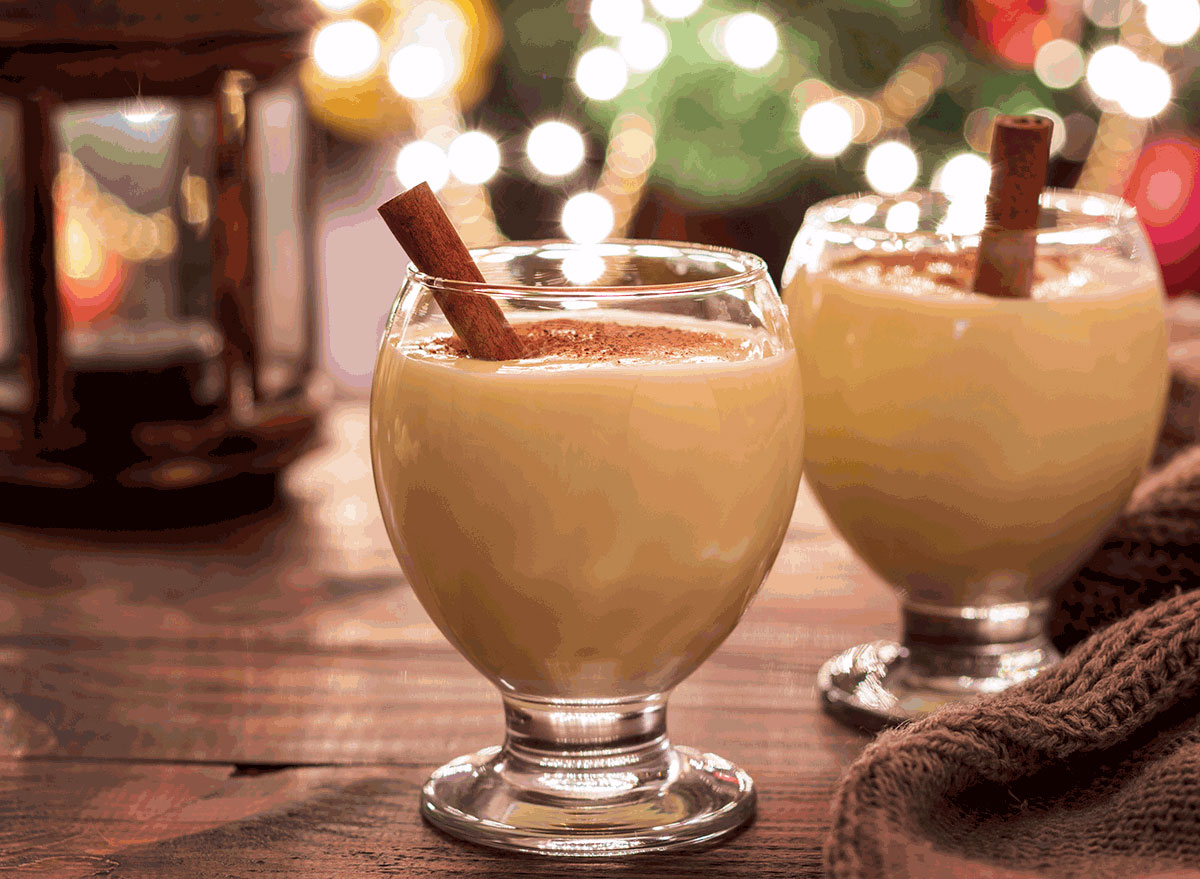
Watch out for: Milk, egg, tree nuts, peanuts
OK, so you’d expect egg and milk warnings for this holiday staple. But those with peanut and tree nut allergies should also be careful, particularly with store-bought eggnog, because there’s a cross-contact risk. And if there’s booze in that eggnog, you could get exposed to tree nuts, peanuts, or other allergenic ingredients that way (see #7). What about that nutmeg sprinkled on top? It’s not a nut, so it shouldn’t bother you—unless you’re allergic to it.
Bûche de Noël
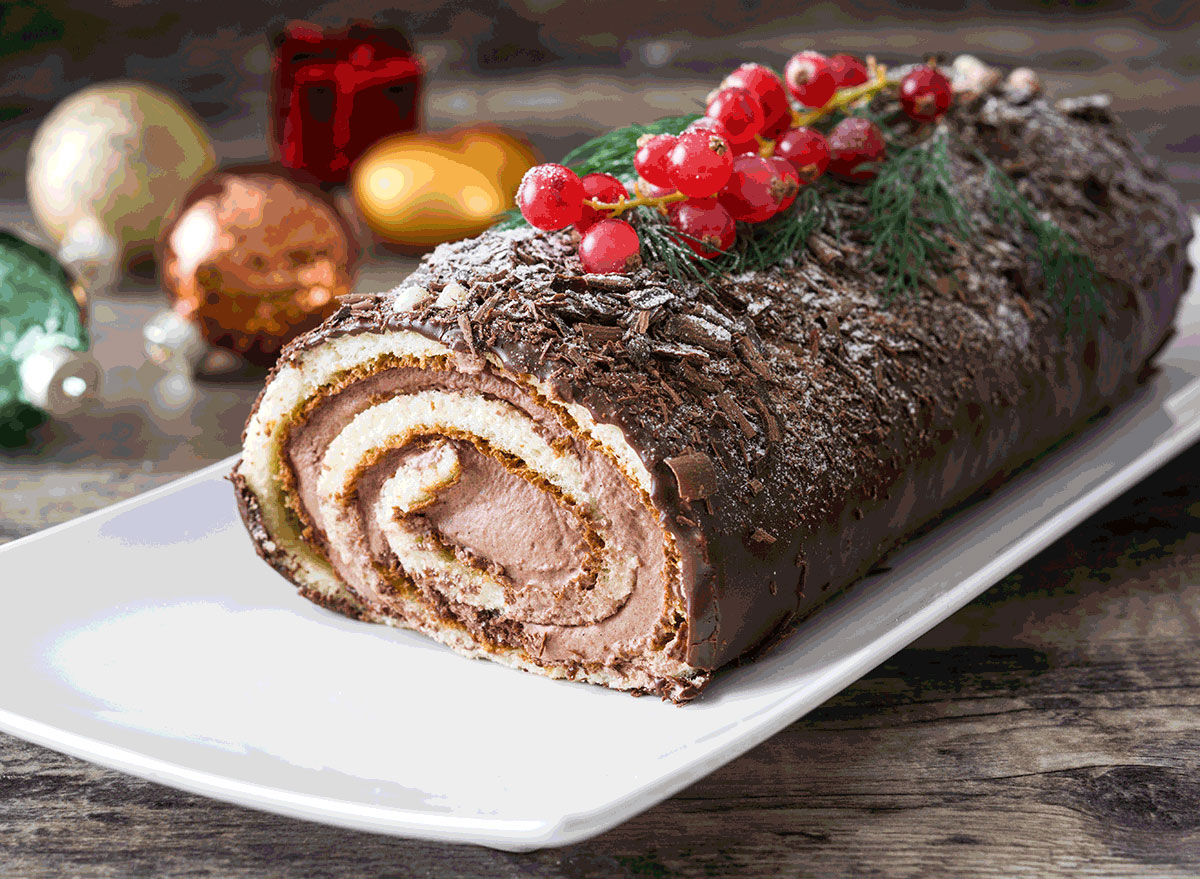
Watch out for: Wheat, egg, milk, tree nuts, peanuts, soy
Alas, that beautiful French chocolate cake may look heavenly, but it’s got some bad ingredients if you have food allergies: milk, tree nuts like hazelnuts or almond paste, eggs and wheat, and possibly soy if it’s from a commercial bakery (soy is sometimes used as a flour and a stabilizer in packaged breads and baked goods). And anything with tree nuts has a possibility of cross-contact with peanuts. Think of it this way: Passing it up saves you about a zillion calories.
Hot pretzels
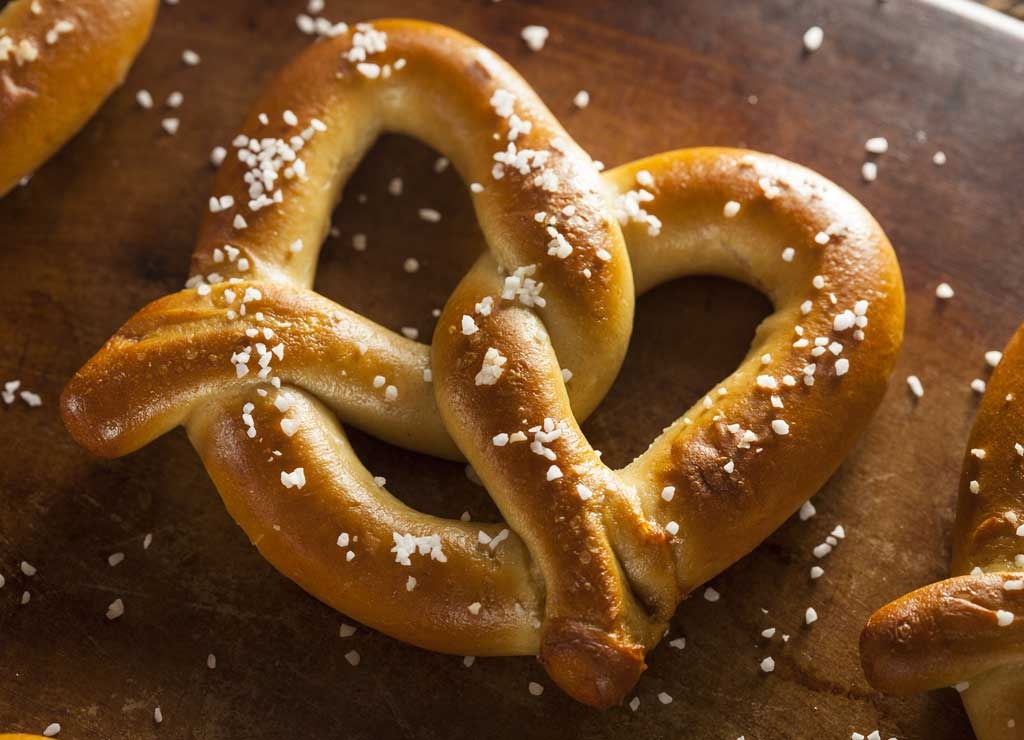
Watch out for: Wheat, egg
Tempted by the hot pretzels at sporting events, the circus, and holiday vendors? If you have an egg allergy in the family, stay away, says Dr. Elliott. “Pretzels may be dipped in egg before being dipped in salt.” And any snacks from vendor carts are risky to all people with food allergies, due to the chances of cross-contact with other ingredients.
Deli meats
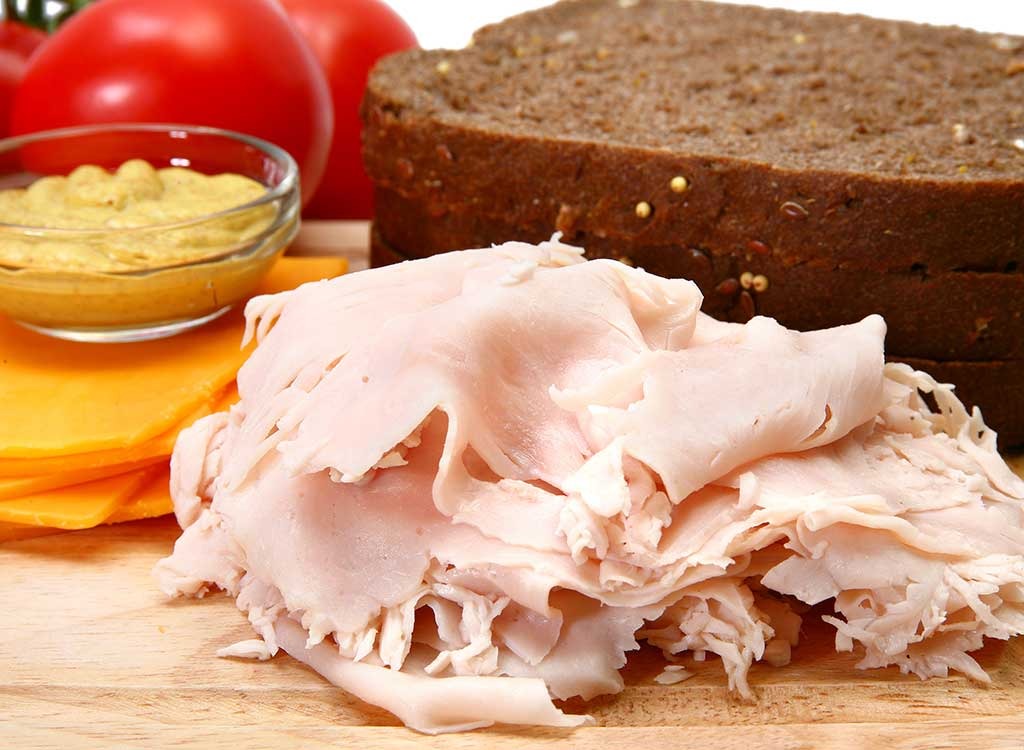
Watch out for: Tree nuts, milk, wheat, soy
Sure, that antipasto spread of deli meats or Italian combo sandwiches look tempting, but be careful if you’re allergic to pistachios, milk, or soy. That’s because deli meats can contain any of those allergens. Mortadella is an Italian pork that is sometimes made with pistachios. And soy is used in filler in some processed meats. And because the same meat slicer is used for cheeses, even a plain piece of sliced ham isn’t safe if you have a milk allergy. Fortunately, there are packaged cold cuts free of allergens (check labels).
Beer and ale

Watch out for: Wheat, soy, egg, peanuts, tree nuts
Allergic to wheat? You know to skip wheat beers, naturally, but even a barley-based brew can be a problem due to cross-contamination and cross-reactivity among grains, Dr. Elliott says. Surprisingly, some microbrews are infused with peanuts and tree nuts (in restaurants, avoid anything advertised as having a nutty taste). And some malt beverages even contain soy, so it’s buyer beware.
Coffee drinks

Watch out for: milk, tree nuts, peanuts, egg
Another drink to avoid if you have an egg allergy: frothy coffee concoctions. These products also sometimes rely on egg whites to create a frothy topping. Lattes and the like are also a potential hazard for those with peanut or tree nut allergies, because nut-flavored flavored coffees and syrups introduce a cross-contamination risk.
Wreaths

Watch out for: wheat
Surprisingly, “non-food items are the biggest issue for wheat-allergic patients,” says Dr. Elliott. Wheat derivatives are found in wreaths, ornaments, and other decorations, as well as soaps and cosmetics, and can cause a reaction when they touch the skin of someone who is allergic. Play-Doh also contains wheat, and may trigger a reaction if it comes in contact with skin or if a child with an allergy puts it in their mouth (as little kids tend to do with everything). Non-food items don’t have to abide by FDA labeling rules, she adds, so it’s important to be alert to the kind of products wheat lurks in.
A crackling fire

Watch out for: peanut, tree nuts, and seeds
Engineered fireplace logs are not a food, but they’re still bad news for some people with food allergies. The reason: They can get their crackle and pop from the shells of seeds and nuts. While not everyone with nut and seed allergies reacts to this type of environmental exposure, some people do. Bottom line: Skip the fire with sound effects and instead snuggle up in front of a gas fireplace, or one made from pure old-fashioned logs.
